Sound & Performance
When playing with all the inputs, Bluetooth is understandably worse (flat and fuzzy) than the others but perfect for just having background music. The optical input sounded very spacious and quiet relative to the others – at the expense of some warmth. Interestingly, the Chromecast Audio optical output sounded much better than the Oppo UDP-203 via Roon. The Oppo had this really nasty midrange grain and thinness.
USB seems to strike the perfect balance of body and clarity. The analog input sounded pretty good straight from my phone – and even better with an external DAC. I’ve stuck with the USB input in “shelf mode” for the remainder of this review.
Given the size and context of being a full-featured active speaker, my expectations weren’t the highest for sound quality. After hooking it up to my MSI GS40 (noisy) gaming laptop and playing some Spotify Sessions and Tidal music through it – I was immediately impressed.
I listened to everything from Mozart to Coltrane – and Taylor Swift to Rage Against the Machine. The character of these speakers was very easy to decipher.
The first thing I noticed is how well it images. Not just laterally but there’s precision in layering out depth as well. It’s also not a piecewise sound but rather a cohesive assembly of sound objects. It projects plenty of dimension, weight, and shape into the listening room. The sound also extends wide and comes from far behind the speakers. They were kind of – invisible.
I surely didn’t expect to be fully enveloped by music from such a small speaker. A very pleasant surprise.
It was also easy to appreciate the Transparent Zero’s tonal balance. Voices and instruments have wonderful color and life to them. Cymbals and bells are still able to shine and shimmer while percussions were coated more heavily. It’s sweeter than neutral and fills in a perfect amount of warmth – especially in the mids. Treble response was also very smooth. No grain, no edge – and no fatigue. Nothing is exaggerated or hyper-extended. This contrast gives the music more tangibility and texture.
As far as resolution and transparency, the Transparent Zero provides ample amounts of it – and without robbing the soul of the music. At this point, I must tip my hat to the designers as this is a very challenging task.
It just has the right amount of salt and pepper. This results in a lifelike clarity, smoother articulation, and a better sense of “speed.” The Transparent Zero never loses its grip on the tonal grooves. It never sounds messy or convoluted. In fact, dynamic strides are made with aplomb and with zero hints of distortion.
Apparently, plenty of Tender, Love, and Care (TLC) went into this speaker.
At this point, the Transparent Zero sounds like the perfect speaker. To be honest, for a small desktop setup – it might as well be.
It doesn’t have laser-precise outlining or shaping of the performers or instruments. It also sounds more insightful than dense. As a personal preference, I also prefer a slightly warmer and richer sound.
But the thing is, a better DAC (e.g., Chord Electronics Hugo) may actually help with that. The Transparent Zero is more than capable and will scale accordingly. I could get all those qualities – and still get superb sound – and keep the footprint small.
From a musical enjoyment perspective, it was difficult to find any major faults with this speaker. It’s also one of the most genre-independent speakers I’ve heard. It doesn’t try to throw things off balance with embellishments.
Conclusion
Lesson learned: Never judge a speaker by its size – or its form. In this case – an active speaker.
It was very difficult to find sonic flaws with the Vanatoo Transparent Zero. I spent most of my time enjoying music with the occasional nod of approval.
I eventually hooked up a Chord Electronics Qutest DAC and Google Chromecast to a portable battery pack and ran the 2-channel system with a single power cord to the wall. I can’t deny it, it sounded, and felt, amazing. The Transparent Zero was able to leverage the world-class DAC with finesse.
Further gains were had by connecting an optical cable from an LG OLED TV to the Transparent Zero. Going back to the internal speaker was no longer an option. The allure of getting much better sound with just one power cord is too good to pass up. Having the option to connect a subwoofer was just icing on the cake.
All while doing this, I realize how easy it was to transport this speaker around to different rooms.
The beauty of the Transparent Zero lies in its realistic tone (and the option to dial it in). Because of that, I’ve actually heard plenty of full-fledged discrete setups that didn’t sound as natural. You could definitely pay more for worse sound.
Sometimes it isn’t about what it’s missing – it’s about what it isn’t. In the case of the Vanatoo Transparent Zero, it has all the elements of what makes listening to music so enjoyable.
Plenty of thoughtfulness in engineering and art went into this speaker. At $359 a pair, it’s worth every penny – and more. If you’re looking for a compact, high-performance desktop speaker, it’s a no-brainer.
Not to mention a 30-day trial and 3-year warranty. The Vanatoo Transparent Zero simply ROCKS.
Check out Vanatoo’s line of products here.
Purchasing: Vanatoo Transparent Zero ($359)


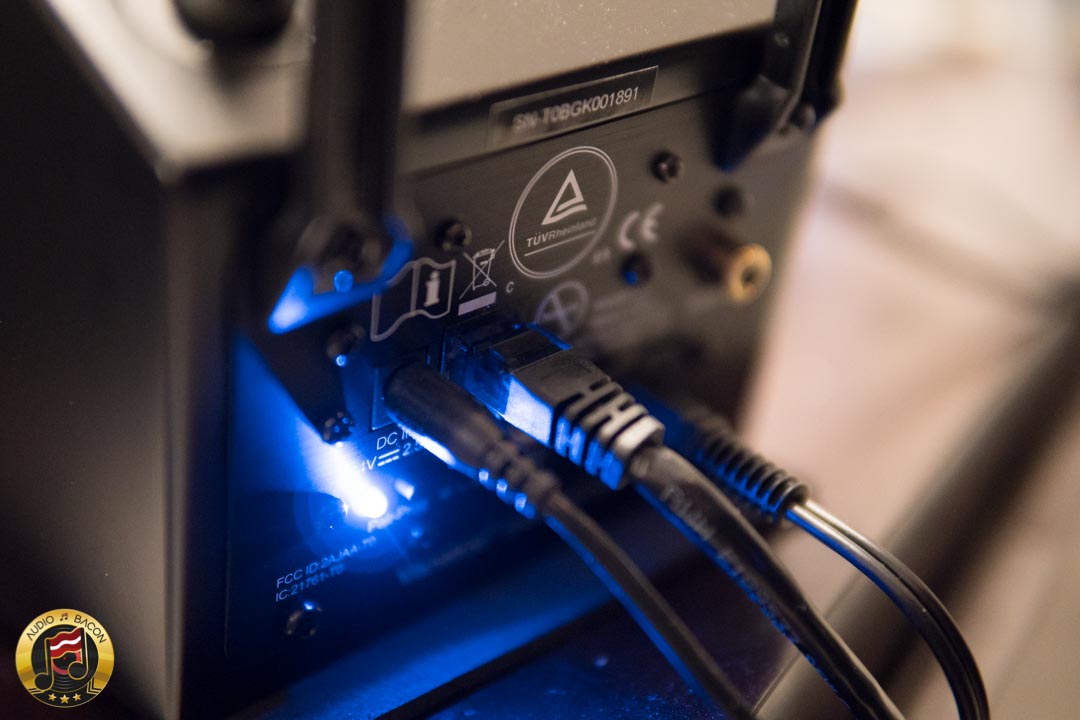


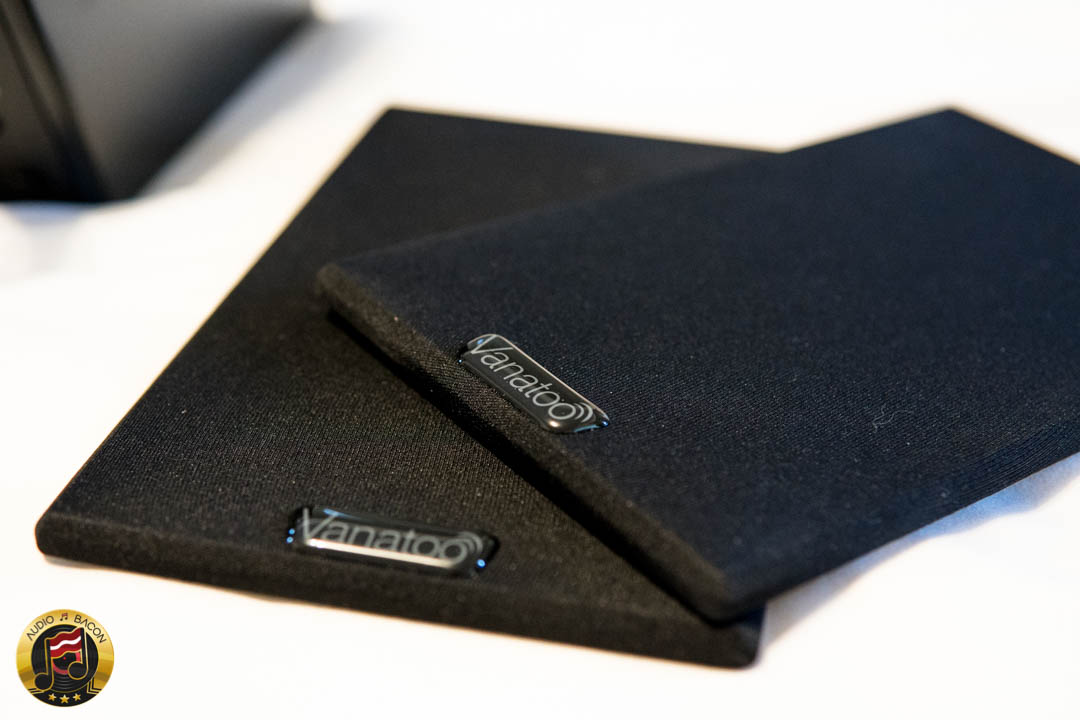
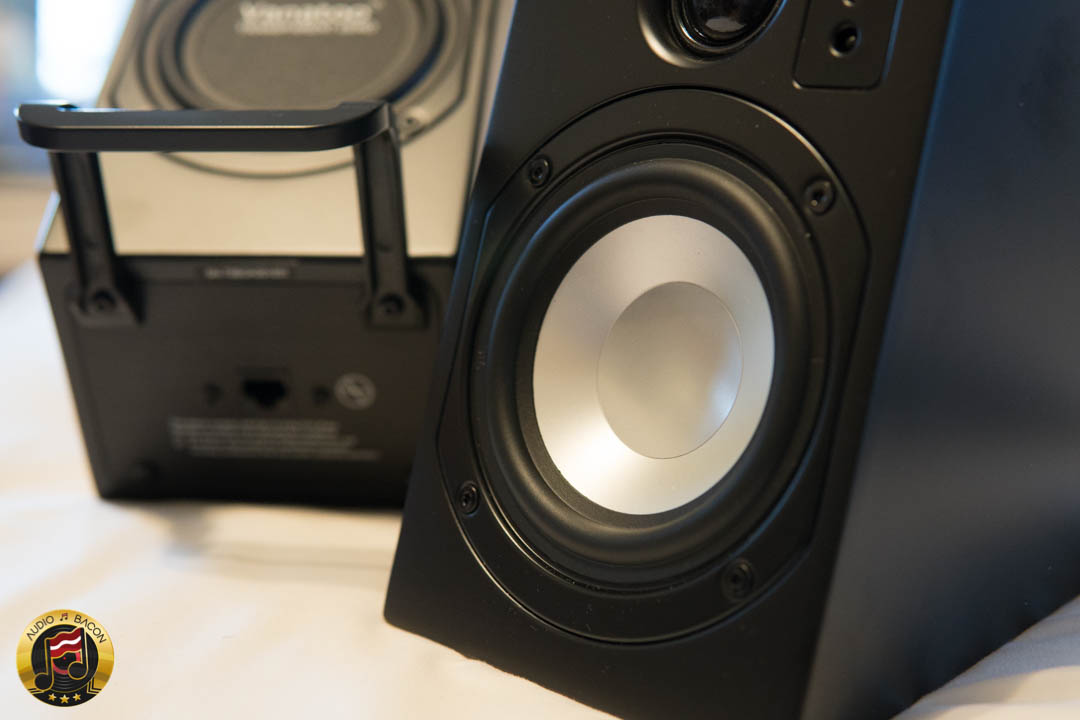






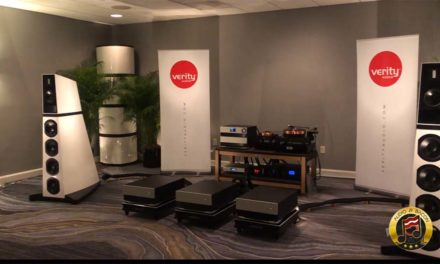
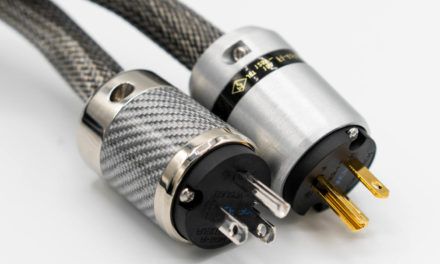


With regards to you using the external DAC, your readers should know that you actually can’t bypass the Zero’s DAC. Using the 3.5mm in, the speakers takes the analog signal, reverts it to digital, and *then* back to analog again. It’s right on their website, and you can contact them as well for more info.
Logically, if I plug my digital cable into the Chord Qutest and it outputs an analog signal…I’ve already bypassed the DAC, regardless of whether that analog signal gets converted back into digital and back into analog. Obviously, the source signal isn’t the same as plugging a USB cable directly into the Vanatoo. The internal DAC would be starting with a much better signal. I’ll clarify with Vanatoo.
You can’t bypass the Vanatoo Zero DAC, the answer is right in your own sentence 🙂
“..regardless of whether that analog signal gets converted back into **digital and back into analog**. ” Digital to analog – that’s the Zero DAC. You’re putting the signal through an extra step, which isn’t really ideal, but regardless – you cannot bypass the DAC in the Zero. Vanatoo will certainly confirm this with you, as they have with me and others.
If a signal passes another DAC, such as the Chord, will that change the sound? Sure. I have a couple DACs at home and they all change the sound a little in the Zero, but in my experience, they all added a bit of distortion in the low end on some bass heavy tracks.
Plus, going in by the 3.5mm you limit yourself to 48/24 whereas the optical in supports 96/24. Everything we’re talking about is on their website too.
I’m not denying the signal gets reconverted from the 3.5mm, I’m just saying – it sounds a lot better with the Chord Quest. Better than the optical input. With a lesser DAC, perhaps the delta is lower. I’ll have to listen again but don’t recall hearing any distortion (Qutest set to output 1V).
Just to clarify my point, you mentioned that you were bypassing the DAC, and I’m just saying that you can’t bypass the DAC in the Vanatoo Zero. By adding the Chord you are stacking DACs: digital to analog to digital to analog. I’m merely stating your readers should be aware of this.
Because there are powered speakers where analog in bypasses the on-board DAC – the Vanatoo is not one of them. I still regard the speaker as terrific and well worth every penny.
As for your experience of adding the Chord improving the sound, I obviously have no issues with that. Everyone hears differently. And yep, I could see how setting the Qutest to 1v would avoid distortion.
@Jay,
I’ve the impression that active speakers with built-in DSP are the future. Amp class D technology is getting better and better and they offer too many advantages. At the same price level I think the classic boxes DAC+AMP+Speaker can compete with an active speaker from a good company.
Furthermore, currently one does not need to go to extremes (Kii Thee, although cheaper than DAVE ehem,ehem) or the Vanatoo. We have the Genelec One series 8331/8341/8351 or the new JBL 7 series. Those in the range 4-7k , and from companies that make real engineering and real innovation . I’d love to see a review of these from you.
I completely agree – and hope active speakers gain more in popularity. If they’re able to throw a Hugo M Scaler into an active speaker – that’s end game for me.
oh, shit! no edit feature, I meant “can NOT compete”
Hey thanks for explaining that RJ-50 Ethernet Cable. I purchased a set few months ago and recently adds Monoprice 8″ subwoofer… and I’m very happy now. I think the mid to high end still needs fine tuning for my ears…. overall I’m in YouTube heaven. I have a 4k LG 27 monitor.